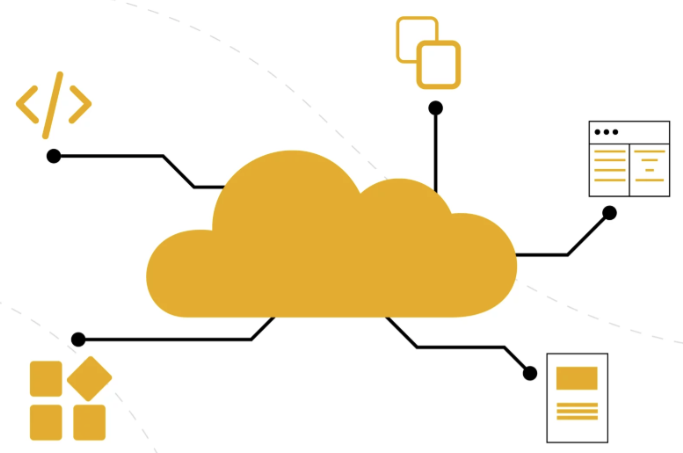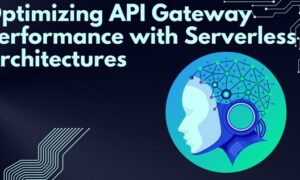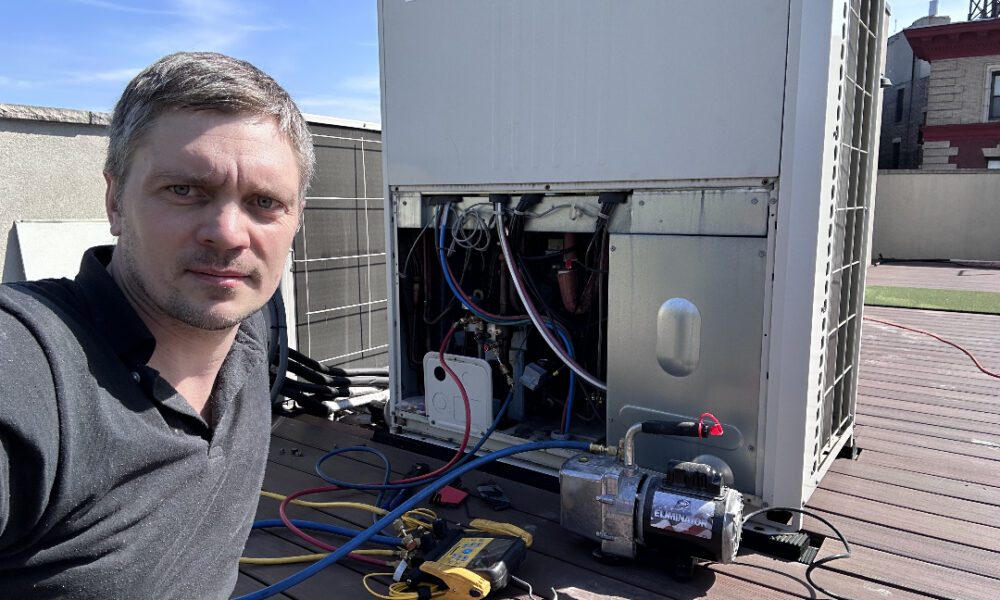Serverless computing has been gaining momentum for several years, offering a fresh take on application deployment and scalability. For system architects, the serverless model promises simplified infrastructure, reduced operational overhead, and rapid development cycles.
But like most things in tech, it’s not a one-size-fits-all solution. Before jumping in, it’s worth understanding how serverless architectures truly function—and whether the trade-offs align with your systems’ needs.
What Is Serverless, Really?
Despite the name, serverless doesn’t mean there are no servers. Instead, the cloud provider handles all server management, scaling, and maintenance in the background. Developers write and deploy code in functions (also called “functions-as-a-service” or FaaS), which run only when triggered.
Popular platforms like AWS Lambda, Google Cloud Functions, and Azure Functions make it easy to deploy scalable services without worrying about provisioning hardware or managing OS-level concerns.
For system architects, the appeal lies in being able to focus more on application logic and less on infrastructure orchestration.
The Pros of Serverless Architecture
There’s a reason serverless is so popular among agile teams and cloud-native projects. Here are the biggest advantages from an architectural point of view:
1. Reduced Infrastructure Management
No more worrying about load balancers, patching, or provisioning. The vendor handles all the server logistics behind the scenes.
2. Automatic Scaling
Serverless functions scale automatically based on traffic. Whether your app gets 10 requests or 10,000, you don’t need to plan ahead or adjust capacity manually.
3. Cost Efficiency
You only pay for the compute time your functions use. If a function isn’t triggered, you’re not billed—unlike traditional servers or virtual machines, which run 24/7.
4. Faster Deployment Cycles
With infrastructure abstracted away, developers can iterate and deploy changes quickly. Combined with automation and continuous delivery pipelines, serverless enables rapid releases and faster feedback loops.
5. Good for Event-Driven Systems
If your architecture relies on events—whether it’s file uploads, HTTP triggers, or message queue events—serverless platforms shine.
The Cons of Serverless Architecture
Despite its appeal, serverless isn’t without trade-offs. Some limitations could pose challenges depending on your system’s complexity and performance needs.
1. Cold Start Latency
Serverless functions that haven’t been called in a while can take several seconds to start, which may not be acceptable for real-time applications.
2. Vendor Lock-In
Switching cloud providers once you’re deeply integrated into one serverless ecosystem can be painful. Each provider has unique tooling, syntax, and limitations.
3. Limited Execution Time
Most serverless platforms have hard time limits on function execution (e.g., 15 minutes for AWS Lambda). Long-running processes must be restructured or split across multiple invocations.
4. Monitoring and Debugging Challenges
Traditional monitoring tools may not work seamlessly with ephemeral serverless functions. Architects must plan observability with function-specific tooling.
5. Complexity in State Management
Because serverless functions are stateless by nature, managing workflows or chaining logic can get tricky. Persistent storage (like databases or queues) must be architected carefully.
Serverless and Testing: A Growing Priority
As more teams adopt serverless, ensuring reliability through testing becomes even more important. Automated UI testing, regression testing, and web application testing help catch issues early, especially in systems built on multiple decoupled services.
For example, understanding how functions behave under different browser environments is essential. This is where headless browsers come into play—and where the conversation often shifts to Chromium vs. Chrome, particularly in testing pipelines. System architects working closely with QA teams need to know which browser versions align best with their UI automation software.
Regression testing plays a critical role here. Any time code is deployed—even a single serverless function—it could break something unexpected downstream. Leveraging codeless test automation tools or building lightweight testing frameworks into your CI/CD process can safeguard production reliability.
Considering Long-Term Maintenance
Another overlooked angle in serverless architecture is long-term system maintenance. Many companies focus on getting serverless up and running, but don’t fully consider the future implications of versioning, dependency management, and inter-function communication.
When one function relies on another, or when the payload structure between services changes, small missteps can cascade. This is why UI automation software and consistent integration testing should be part of the architecture from day one.
It’s also worth noting how tooling like headless browsers or API simulators factor into broader testing and deployment pipelines. Discussions often return to Chromium vs. Chrome, especially in relation to performance differences in automation suites. Understanding the nuance here can help architects make more informed decisions about how and where to run automated UI testing.
If you want a deep technical comparison, Google’s documentation on Chromium vs. Chrome provides insight into how these browsers diverge under the hood—crucial for those dealing with browser-based testing.
Use Cases Where Serverless Shines
- Microservices and lightweight APIs
- Background jobs (e.g., image processing, data cleanup)
- IoT backends
- Event-driven pipelines
- Chatbots, alerts, and notifications
These tasks benefit from short-lived, highly scalable execution—making them ideal for serverless deployment.
Use Cases That Might Not Fit
- Long-running processes
- High-performance applications with strict latency requirements
- Monolithic legacy systems
- Apps with complex interdependencies and stateful logic
In these cases, a hybrid model or container-based architecture might provide more control.
Final Thoughts
Serverless is a powerful tool, but it’s not a silver bullet. For system architects, the decision should come down to trade-offs: agility vs. control, scalability vs. complexity, and cost-efficiency vs. customization.
If your system leans toward event-driven, modular, and highly scalable needs, serverless may be a natural fit. But always weigh the limitations—especially in testing, state management, and long-term maintainability.
As with any architectural shift, a thoughtful approach grounded in your system’s specific needs will serve you better than simply chasing trends.



































